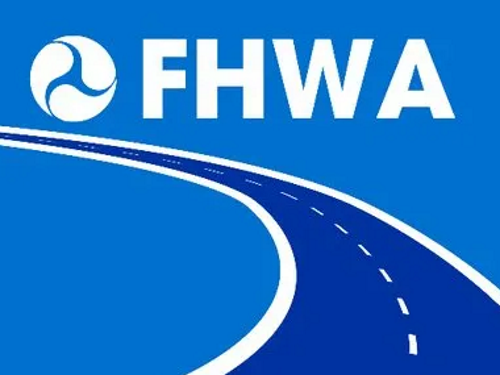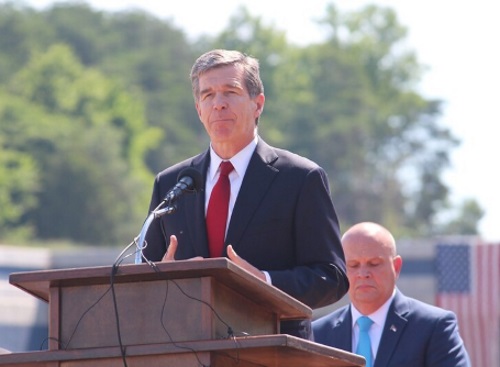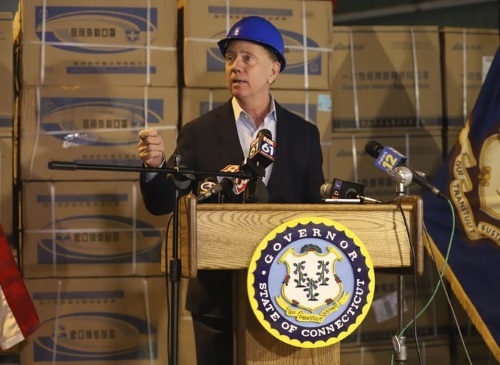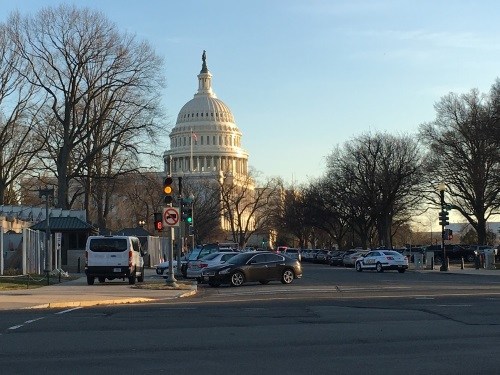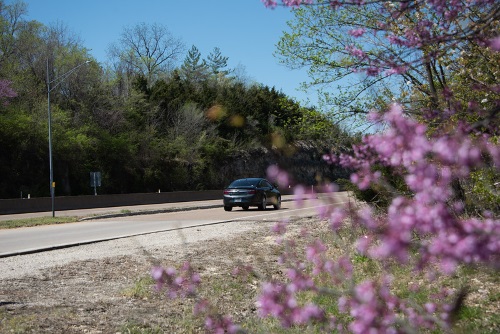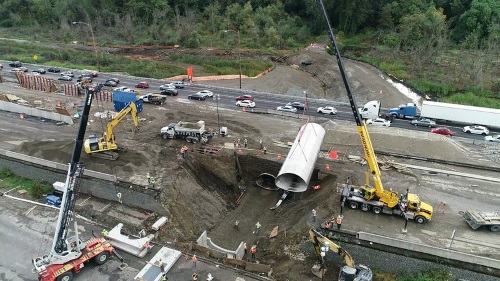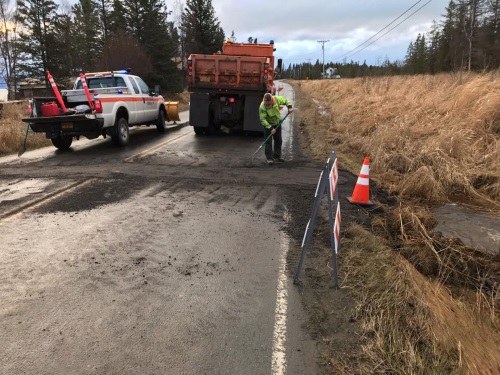The Federal Highway Administration recently kicked off the latest round of transportation innovations through its Every Day Counts or EDC program.
[Above image by FHWA]
The agency noted that EDC is a successful state-based program that helps identify and rapidly deploy proven, yet underused, innovations that facilitate greater efficiency in project delivery at the state, local and tribal levels – saving time, money, and other resources to ensure transportation infrastructure is built better, faster, smarter, and more equitably. It began soliciting ideas for the seventh round of this program, known as EDC-7, back in March.
The FHWA and the Federal Transit Administration are promoting this year’s innovations to help improve project delivery across highway, rail, and transit agencies at the state and local level.
“For over 10 years the Every Day Counts program has rapidly deployed proven technologies and processes that can be implemented at the national scale,” said Acting FHWA Administration Stephanie Pollack in a statement.

She added that this year’s EDC-7 innovations would improve safety for all road users, build a sustainable infrastructure for the future and grow an inclusive workforce.
Notably, FHWA and FTA selected several EDC-7 innovations with multimodal state transportation agencies in mind that should interest transit and rail agencies, too.
“Many of the innovations announced today as part of this forward-thinking program will help make the nation’s transit systems safer, greener, and more equitable,” said FTA Administrator Nuria Fernandez. “We look forward to promoting the findings from these initiatives — from reducing greenhouse gas emissions to leveling the playing field for small businesses to compete for design-build contracts — throughout the transit industry.”
This year’s EDC-7 innovations include:
- Nighttime Visibility for Safety: The nighttime crash fatality rate is three times the daytime rate. Enhancing visibility along corridors, intersections, and pedestrian crossings can help reduce fatalities. This initiative promotes traffic control devices and properly designed lighting to improve safety for all users, including pedestrians, cyclists, and people who use public transportation and passenger rail services.
- Next-Generation Traffic Incident Management: Over six million crashes a year in the U.S. put responders and other vulnerable road users at risk. Next-Generation Traffic Incident Management programs promote emerging technologies such as emergency vehicle lighting and queue warning solutions. These and other tools can advance safety and operations to help keep crash responders safe and mitigate traffic impacts after a crash.
- Integrating Greenhouse Gas Assessment and Reduction Targets in Transportation Planning: Transportation is the largest emitter of greenhouse gases in the U.S. This initiative provides resources to help agencies, regardless of transportation mode, quantify greenhouse gases, and set goals to decrease motor vehicle, construction, and lifecycle emissions through planning and project development.
- Enhancing Performance with Internally Cured Concrete or EPIC: Cracking in concrete is a limiting factor in achieving long-term concrete performance. Such internal curing can mitigate shrinkage, and cracking, and extend the service life of concrete bridge decks, as well.
- Environmental Product Declarations or EPDs for Sustainable Project Delivery: Construction materials such as concrete and asphalt have environmental impacts during their life cycle, whether the transportation facility supports passenger vehicles, transit vehicles, or railroad cars. EPDs document those impacts. This tool helps states support procurement decisions and quantify embodied carbon reductions for “sustainable pavements” via lifecycle assessments.
- Rethinking Disadvantaged Business Enterprises or DBEs in Design-Build: Many design-build contracts do not adequately provide opportunities for disadvantaged businesses. New practices are available to support the effective integration of program requirements to help DBEs compete for design-build contracts for highway and transit projects.
- Strategic Workforce Development or SWD: The demand for highway workers is growing due to the $1.2 trillion Infrastructure Investment and Jobs Act or IIJA, and emerging technologies require new skills. Thirty-two states are using SWD protocols to promote career opportunities in transportation, with six of those states having institutionalized SWD processes in their workforce programs. A continued focus on taking this nationwide will help stakeholders across the country improve their ability to identify, train, and place highway construction workers, FHWA said, with the focus on SWD expanding to rural and tribal communities to increase career opportunities.
Every two years since 2011, FHWA has worked with state departments of transportation, local governments, tribes, private industry, and other stakeholders to identify a new set of innovations to champion that merit accelerated deployment. The first six rounds of EDC have yielded several innovative project delivery technologies, including prefabricated bridge systems, design-build contracting, project bundling, e-construction, safety initiatives, and more.
FHWA credited the program’s success largely on its close collaboration with states and local partners through a process whereby states select innovations they want to pursue, then establish performance goals for the level of implementation and adoption they want to reach over the upcoming two-year cycle. After finalizing the selection and performance goals, implementation of those innovations begins with the support and assistance of diverse technical deployment teams established for each innovation, including federal, state, and local experts.
In addition, FHWA noted that the Accelerated Innovation Demonstration program and State Transportation Innovation Council Incentive program administered by the agency could complement EDC by providing additional funding and resources to help the surface transportation community accelerate the adoption and standardization of innovative technologies in their programs.

